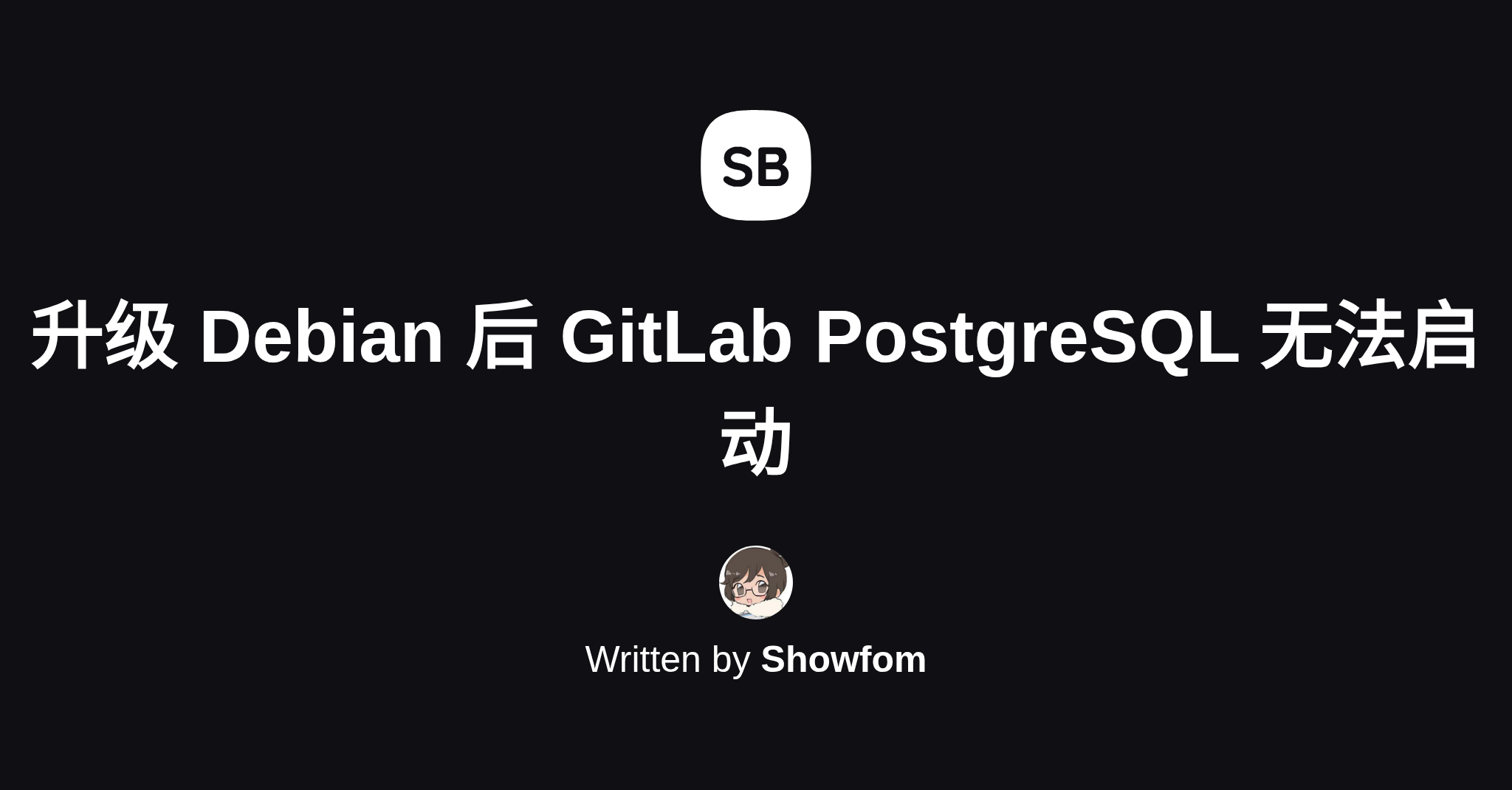标签
gitlab
相关的文章:本页面汇总了关于 GitLab 的安全漏洞、攻击防御及部署解决方案的相关文章,帮助用户更好地理解和应对 GitLab 环境中的安全挑战。
全球网络安全事件更新:GitLab修复多个高危漏洞,恶意MCP服务器可劫持Cursor浏览器,谷歌推出统一安全推荐计划,npm库遭虚假包攻击,攻击速度超过补丁更新,华硕路由器和GitHub Copilot等存在高危漏洞,需及时更新和防护。
FreeBuf网络安全行业门户 ·
GitLab发布紧急安全补丁,修复多个影响社区版和企业版的漏洞,包括严重的提示注入攻击。建议用户立即升级以保护敏感数据。
FreeBuf网络安全行业门户 ·

The Python Package Index Blog ·

InfoQ ·
本文讨论了攻击自托管GitLab实例的方式,主要利用实例级运行器的安全漏洞。攻击者可通过创建新仓库检查可用运行器,执行恶意作业以获取主机信息和敏感数据,甚至通过AWS EC2实例进行进一步渗透。防御措施包括限制网络访问、加强身份验证和使用项目级运行器。
FreeBuf网络安全行业门户 ·
全球网络安全事件频发,包括Jira和GitLab等高危漏洞,可能导致远程代码执行或服务拒绝。捷豹路虎遭受网络攻击,损失达25亿美元。此外,Rust库和AI Agent也存在安全隐患,需加强监控与防护。
FreeBuf网络安全行业门户 ·
GitLab 发布了 18.5.1、18.4.3 和 18.3.5 补丁,修复多个高危安全漏洞,包括 DoS 漏洞。自托管用户应立即升级以确保安全。
FreeBuf网络安全行业门户 ·

The New Stack ·
GitLab 发现多个高危拒绝服务漏洞,影响多个版本,攻击者可利用这些漏洞使自托管实例崩溃。管理员需立即升级至 18.4.1、18.3.3 和 18.2.7 版本,以防止服务中断和数据丢失。主要漏洞包括 CVE-2025-10858 和 CVE-2025-8014,CVSS 评分均为 7.5。
FreeBuf网络安全行业门户 ·
GitLab发布新版本,修复多个安全漏洞,包括两个高危漏洞,可能导致服务中断和数据泄露。建议用户尽快升级以降低风险。
FreeBuf网络安全行业门户 ·
本文介绍了GitLab 12.x及以上版本的备份与恢复流程。需先部署相同版本的GitLab并拷贝配置文件。在备份时禁止写操作,恢复时注意文件版本和确认操作。常见问题是遗漏gitlab-secrets.json文件,可能导致500错误。解决方案包括清空web hooks,其他问题仍需进一步探索。
二丫讲梵 ·
zhonger 前端开发者,喜爱运维管理 ·
一名独立开发者正在重写自托管代码托管平台的V3版本,使用Rust以提升性能、安全性和稳定性,目前已完成90%,支持Git工作流,期待开发者反馈与建议。

The New Stack ·

GitLab ·

GitLab ·

GitLab ·

GitLab ·


